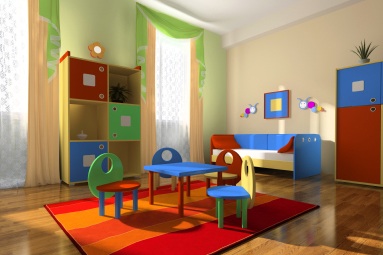
Trying Hard to Remember! [Illustrations by Anup Singh]
Which tactic do we not use – writing on paper, noting points on the palm, carrying chits with key points, making a poem, sticking post-its all over the desk, writing formulae in bold colourful fonts on chart paper and sticking it on the wall or ceiling. Even toilets are not spared.
I remember when I was in the ninth grade, we were learning trigonometry. How I hated it and all its weird formulae. But our maths teacher made a lot of those unbearable numerical rules bearable. She gave us her own formulae by which to remember the trigonometric formulae!

Trying Hard to Remember!
One I distinctly remember was for sin, cos and tan q. It read ‘Pandit Badri Prashad divided by Har Har Bol.’ which helped us remember that sin q = P/H, cos q = B/H and tan q = P/B.
Similarly, all over the world, people devise their own ways to remember things that they cannot remember. Among the popular ones are VIBGYOR that stands for the seven colours of the rainbow in the order that they are seen and BODMAS, which is a mathematical nomenclature.
In India, children remember this Hindi jingle, eet par nach to memorise the scientists who discovered electron, proton and neutron. Now isn’t that interesting?
Children are often advised to break up a big word into smaller words. For example, chlorophyll would be broken up into chloro and phyll. We have all grown up remembering those big words in the same way. Many a time things are so difficult that you cannot do anything but memorise by rote – Shakespearean plays being one, for me at least. No matter what, the dialogues had to be learnt by rocking back and forth.
Making codes has been the most popular solution for many. For instance, if there are 10 points to be remembered, making a code by taking the initial letters of the points and framing it in a way that it either forms a word or a sequence through which it is easy to memorise the entire list.
It is interesting to note the kind of associations children make while trying to remember what they find difficult to remember. Even as adults we are constantly making such connections. I personally know of some medical students who use abuses to remember the names of all the bones in the body.
The truth is all of us devise our own ways to memorise things. The creativity that oozes out in these desperate measures is something, I am sure, you would have witnessed in your own lives!










